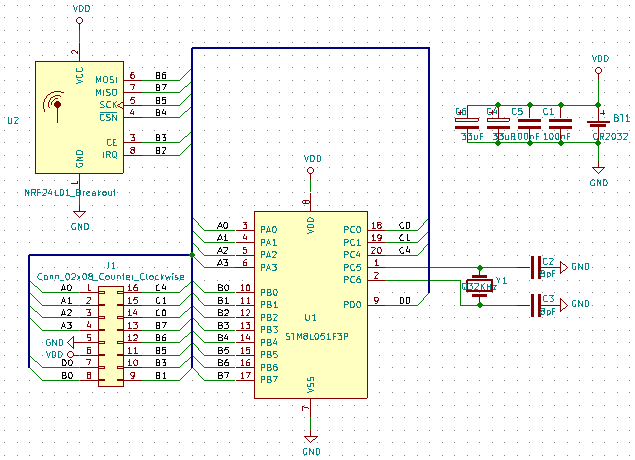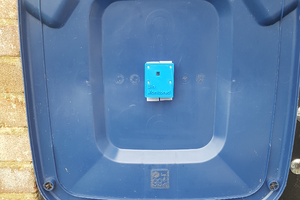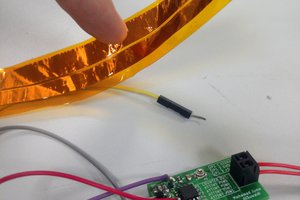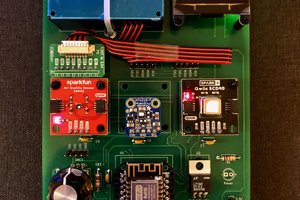The whole thing started with possums, but you'll have to ask @richard about that. In any case, it gave me the opportunity to look for that box full of nRF24L01+ modules in the basement, and start hacking with Richard on an nRF24L01 library for STM8 eForth. I also revived a habit of making PCBs, that I broke 25 years ago. However, I promised my wife that I won't need Fe(III)Cl3 this time. @oshpark & Co make keeping this promise easy, and learning KiCad was a matter of two weekends.
STM8 eForth Wireless Sensor
Just because everyone else is doing it with C doesn't make it right ;-)
 Thomas
Thomas

 Stephen Harrison
Stephen Harrison
 Alex Hunt
Alex Hunt
 Gabriel D'Espindula
Gabriel D'Espindula
 tdw
tdw